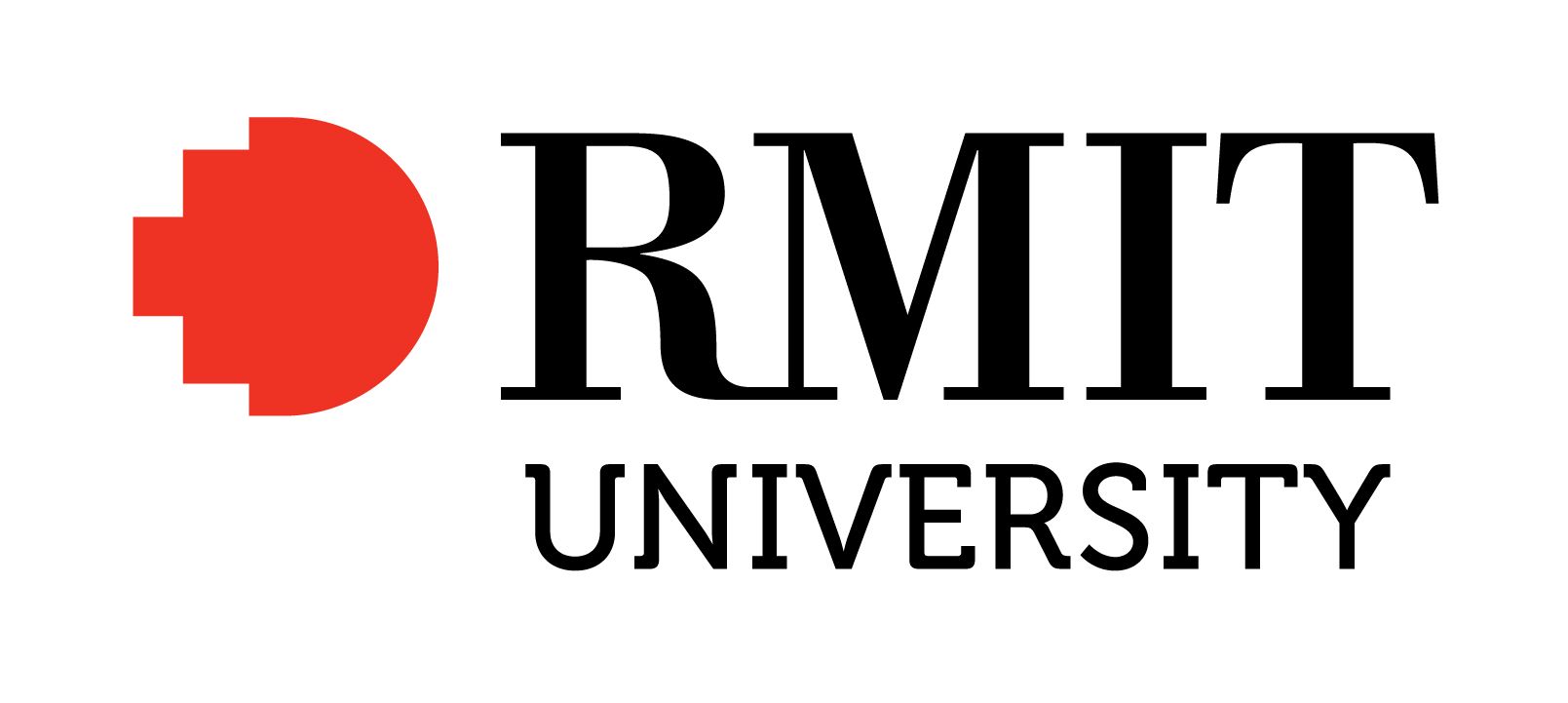Full description
Collection of archival material relating to the working life of industrial designer, textile designer, design educator, Pieter Huveneers (1925-2017) including documents, such as photographs, slides, illustrations, brochures, booklets, annual reports and style manuals, personal papers, and artefacts, such as posters, original artwork.
Pieter Huveneers was a pre-eminent figure in the development of corporate identity design in Australia. He was born in 1925 Utrecht, in the Netherlands, and during WW2, after escaping from a German labour camp, he assisted the Allied Armed Forces in Holland. In 1948 he graduated with a Diploma in Advertising Art from the College of Arts and Crafts, Arnhem, Holland. His first projects included posters for the Dutch Flower Shows, the Royal Netherlands Industries Fair and Heemaf Motoren.
In 1949 Huveneers travelled to England, where his first clients included British Rail and British Aluminium. In 1951 one of his posters was selected for exhibition in the Festival of Britain, earning him a contract with Schweppes. His list of clients grew to include many well-known public and private companies, such the British European Airways, Cadbury, the British Post Office, General Electric, ICI, Pepsi Cola and the Royal Society of the Prevention of Accidents. During his time in England Huveneers worked also as an industrial design consultant, and a part-time lecturer at the Willesden School of Art and Crafts and the West Sussex College of Art & Crafts.
In 1964 Huveneers received an offer from Philips to work in their Head Office in Holland, and the challenge of working in a global company across multiple languages and countries, persuaded him to return to the Netherlands. As the Creative Director for Philips, Huveneers instigated and managed the design of Philips corporate identity program worldwide until 1968.
When Huveneers arrived in Australia in 1968, he initially worked for McCann Erikson Pty Ltd. However it was always his intention to establish an independent design consultancy in Australia, and by 1970 Huveneers Pty Ltd was operating from a small office in Milson’s Point, Sydney. As well as designing all aspects of clients’ internal and external communications, Huveneers Pty Ltd was also responsible for renaming and rebranding companies notably Australia Post, Telecom, Myer and Westpac. Many of the logos developed by Huveneers are still in use today. At its height Huveneers Pty Ltd employed 22 staff.
Huveneers closed his business and retired in the early 1990s, and subsequently moved to Tasmania, where he focussed on his art practice. Following his passing in 2017, Tanis Wilson, his widow donated the archive of his design practice to the RMIT Design Archives.
User Contributed Tags
Login to tag this record with meaningful keywords to make it easier to discover


